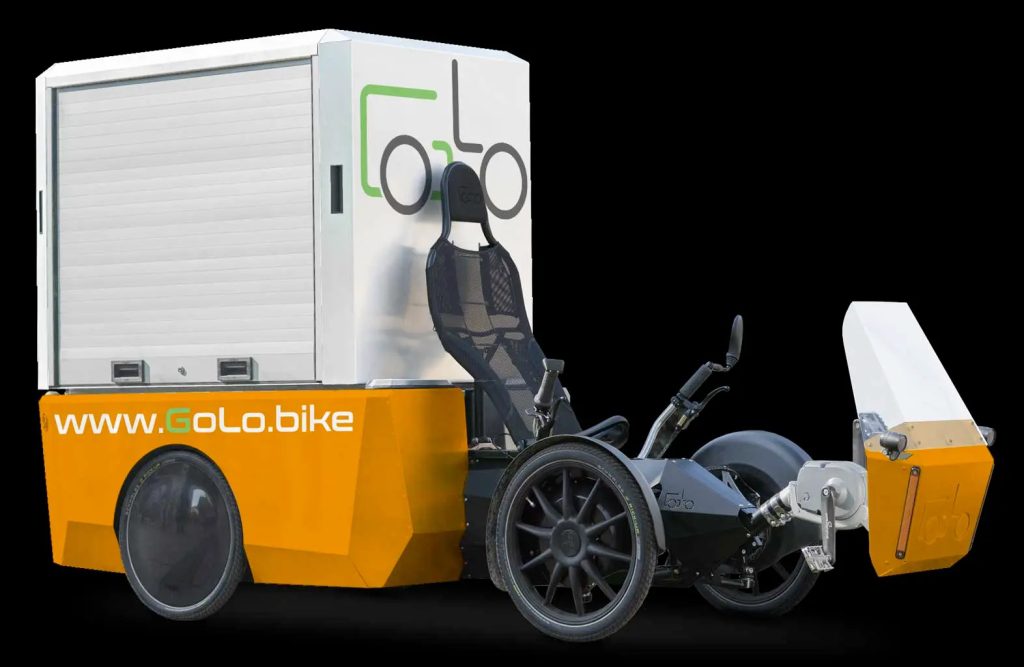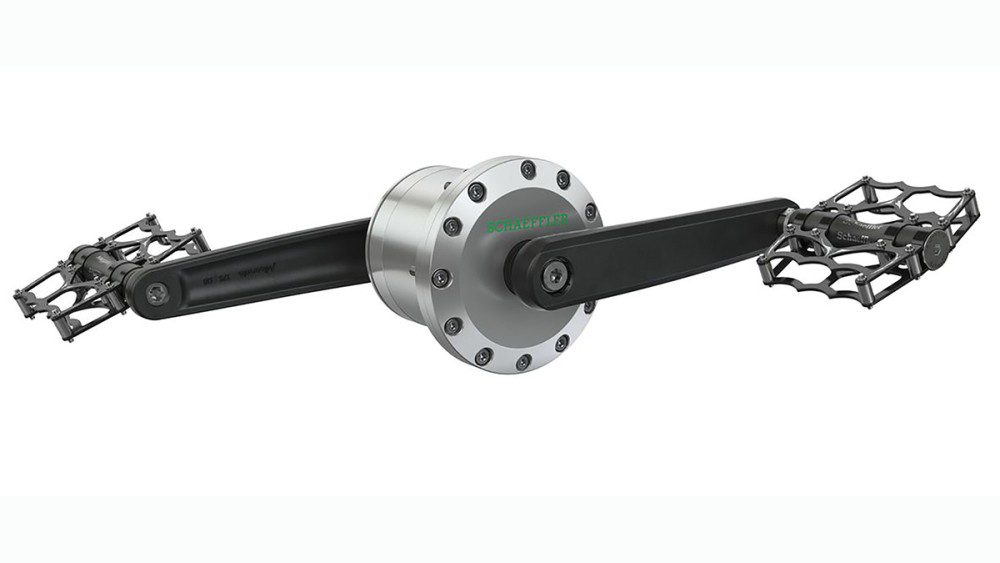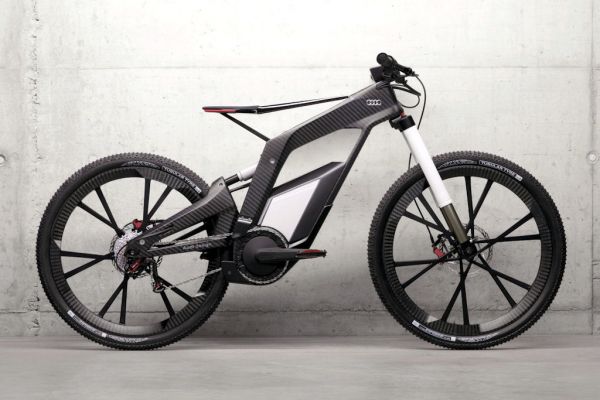The chain has been a fundamental component of the bicycle for over a century: it connects the pedals to the rear wheel, transmitting the force necessary to turn the wheels. I thought it was destined for eternity, but I realize that maybe it's closer to the attic. To replace it, a software. Friends, welcome to the era of digital transmission (also known as “digitsl drive”).
Don't look at me like that. And don't harass me on social media. I'm a romantic, but the chain also has known drawbacks: needs maintenance and cleaning; it can rust or get dirty; requires gears and derailleurs for gear shifting. Do you really think that nothing can replace it? Come on.
How digital broadcasting works
In a digital drive bike, the chain is replaced by electronic components and software. The pedals drive an electric generator that converts mechanical energy into electricity. And this powers an electric motor in the rear wheel, which provides the thrust.
Software controls the engine and generator, adjusting the torque on the pedals to simulate the resistance of a normal chain transmission. The result? A natural riding experience.

Advantages of the digital drive compared to traditional e-bikes
Digital transmission bikes offer several advantages:
- No chains or gears, so no maintenance or the possibility of getting dirty;
- Electronic gear change, for an always smooth ride;
- Possibility to customize the resistance on the pedals via software;
- Cleaner design, without drive shafts and derailleurs;
- Up to 2 kg less weight using supercapacitors instead of batteries.
Ideal applications of digital broadcasting
Digital transmission bikes are particularly suitable for:
- Cargo bike: eliminating the chain allows for a lower center of gravity and new geometries;
- Recumbent bikes: no more crossed chain, but a sleeker design;
- Folding bikes: fewer design constraints, given the absence of the chain;
- MTB and gravel: chain cleaning simplifies mud cleaning
The digital drive is here to stay. A paradigm shift
If you think this story will be short-lived, you might be wrong: several companies are working on digital transmission systems for bikes.

The German Schaeffler presented its prototype already in 2018. The Danish Bike2 (later acquired by the Dutch Alligt) is even on the spot over 10 years. Over the next few years we will see the launch of several commercial models.
Digital drivetrain for e-bikes is a promising technology, with potential to simplify the design of electric bikes, optimize their performance and efficiency, and open up new scenarios for sustainable micromobility. After more than a century, the chain may soon retire, replaced by electronics. The future of the bike will be digital.


